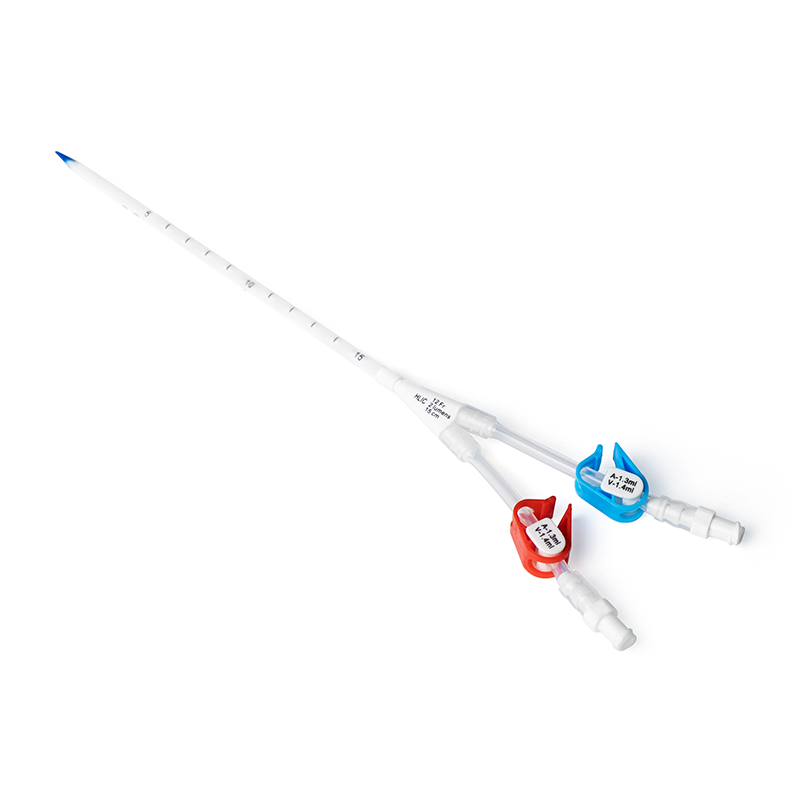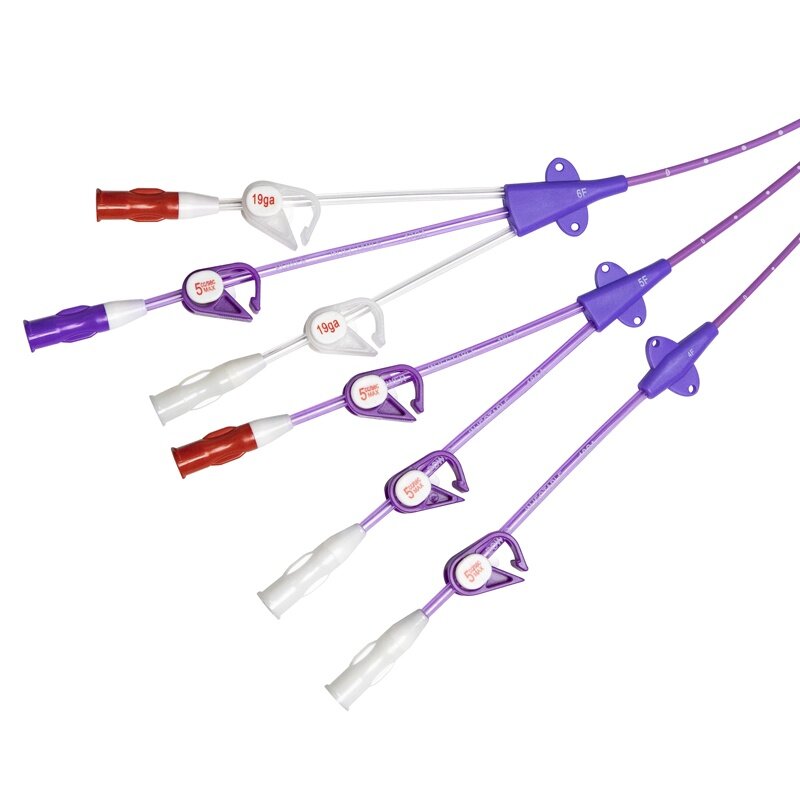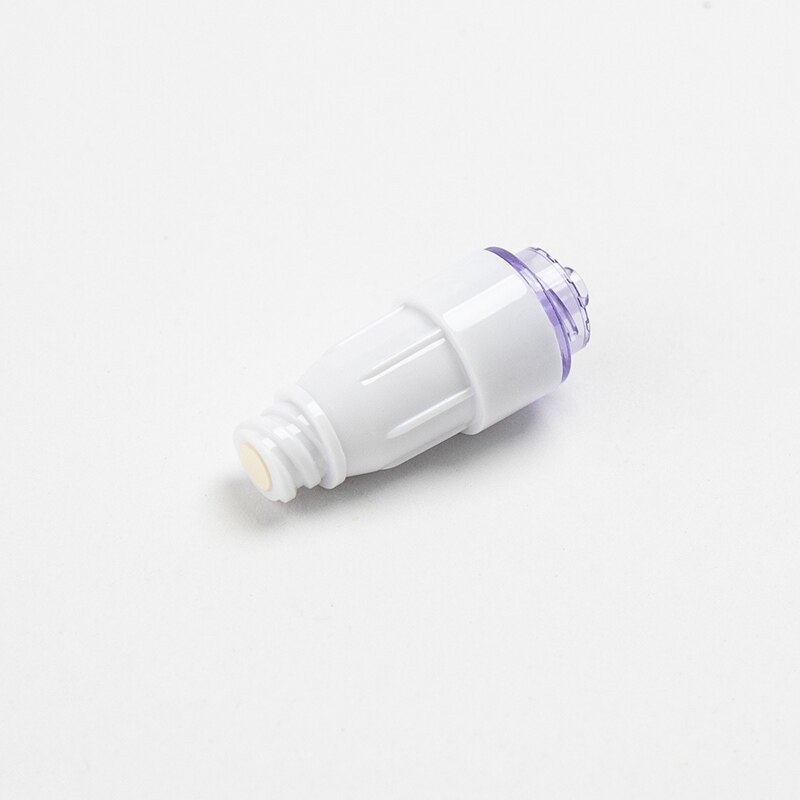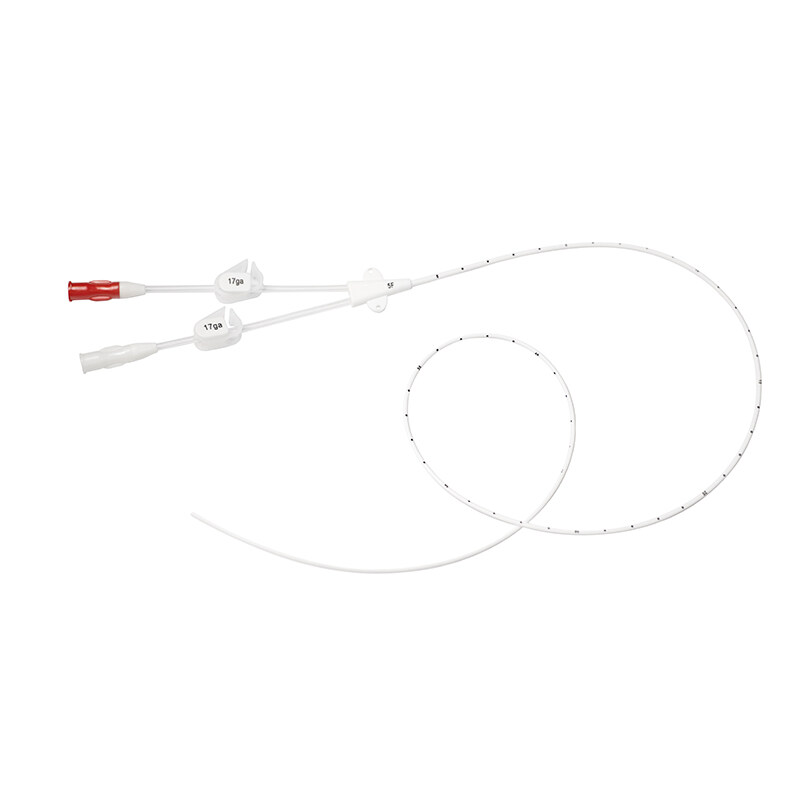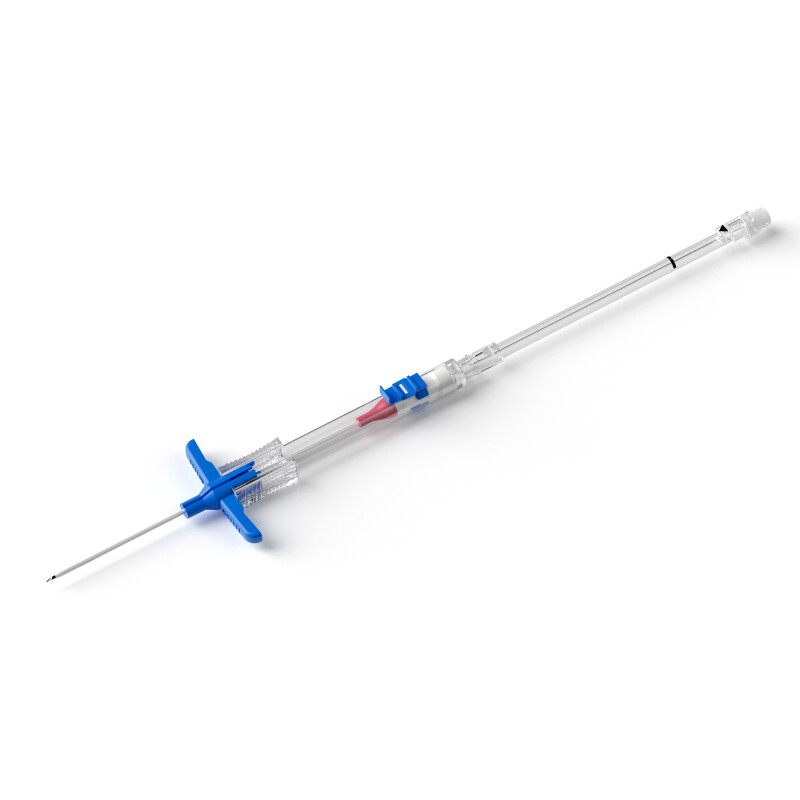In the 9th edition of the Infusion Therapy Standards of Practice, the term central vascular access device occlusion has been redefined as vascular access device (VAD) occlusion, thereby broadening the scope of the concept.
Standards
In the section on VAD occlusion, the 9th edition introduces new recommendations compared with the previous version. Specifically, when catheter patency cannot be confirmed and continued use of the device is required, alternative measures are proposed. These include consultation with a vascular access specialist team (VAST), imaging studies to verify catheter tip location or assess flow dynamics, and pharmacist consultation to clarify the etiology of the occlusion.
Practice Recommendations
The revisions in this section of the 9th edition are relatively minor, with only an expansion of the assessment of VAD patency. Prior to medication administration, aspiration of blood from each lumen is recommended to evaluate patency. If contraindicated due to the patient’s condition, alternative clinical assessments should be performed, such as resistance during flushing, local site evaluation, and patient-reported symptoms. Additionally, assessment should include checking for excessively tight securing sutures, catheter kinking, knotting, or clamping, malfunction of the infusion set or needleless connector, and the correctness of implanted port needle placement.
Regarding preventive strategies, the Standards highlight that improved catheter materials (e.g., polyurethane) may reduce the incidence of occlusion and thrombotic complications. For interventional measures, the Standards emphasize caution in the use of tissue plasminogen activator (tPA) thrombolysis when managing unexplained VAD occlusion. Administration of tPA should only be considered under medical orders after confirming that the occlusion results from intraluminal or catheter tip obstruction.
References
1. Rizk E, Tran AT, Soto F, et al. Alteplase for the treatment of midline catheter occlusions: a retrospective, single-cohort descriptive study. British Journal of Nursing. 2022;31(14)\:S6–S16.
2. Ren P, Cao J, Gao P, et al. Interpretation of vascular access device complications in the 2024 Infusion Therapy Standards of Practice of the Infusion Nurses Society. Chinese Nursing Research. 2025;39(15):2497–2503.

